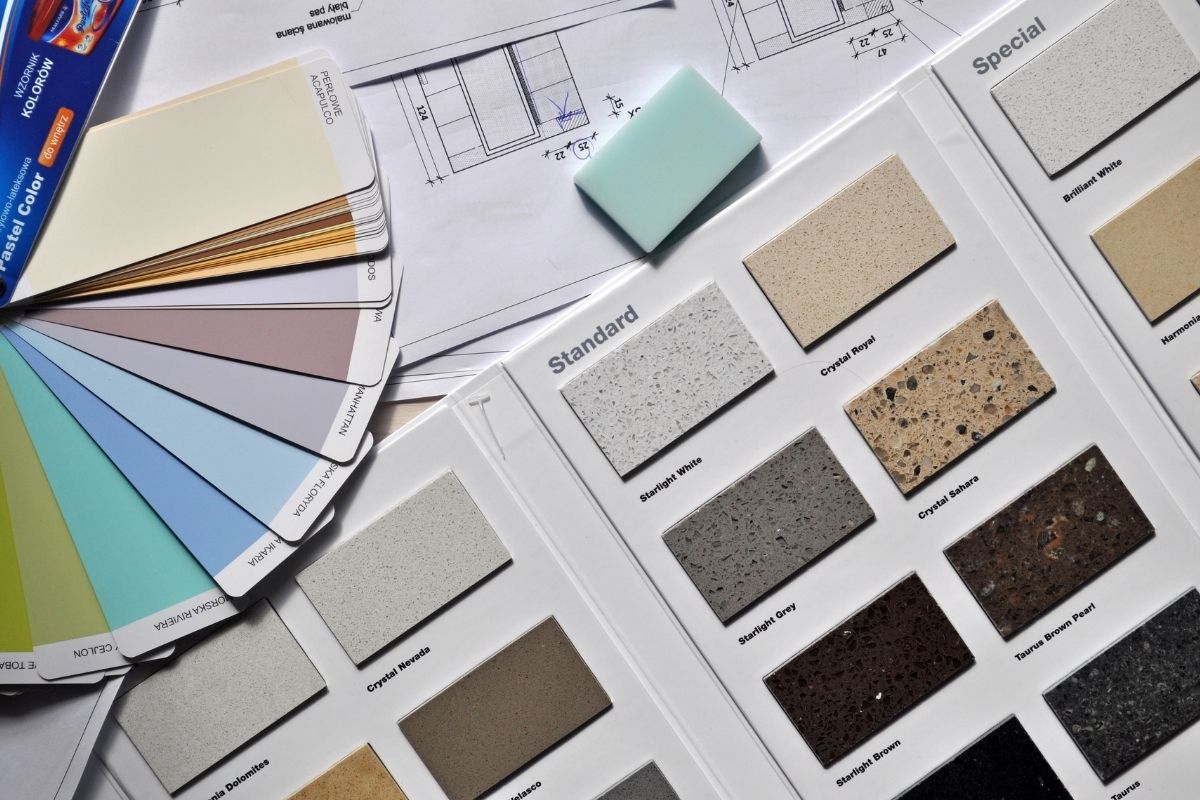Online Product Design Education Features Wallpaper Designer Highlight Paul Cocksedge
Sarah Douglas recalls her experience with the designer: “I had the privilege of working on a project called Wallpaper Handmade for ten years, in which we married designers and artists with makers and manufacturers to create new one-off objects that sometimes were put into production.” This was an exciting way to see the entire design journey, from conception to completion and everything in between.
Product Development for The Bookmark
“I think the one example I’d like to talk about is actually a product that we made with Paul Cocksedge the designer, and a marble manufacturer in Athens.”
“It was actually an idea that Paul had called, The Bookmark, which was to rethink the idea of what a bookmark is. He very quickly realized that actually working in this type of marble would push the boundaries for him, in terms of the object he would make. It goes against what a bookmark should be, but offers something completely different. It’s a large object that rocks. Now, bookmarks don’t rock. Marble doesn’t usually rock. It was a really joyful product.”
Product Design Education
After some extensive research, Paul made his idea happen. “He went to Athens. He actually had the ability to feel the material, watch how it’s made. This actual bookmark which is kind of like, this large, it was made by using CNC water jet cutting.”
“Paul’s work is always about pushing technology and pushing materials that don’t necessarily behave the way you expect them to. And I think this project-although there were difficulties, there were definitely more conversations to be had throughout the process-the actual final result was really, really well-considered because he had researched the material properly.”


